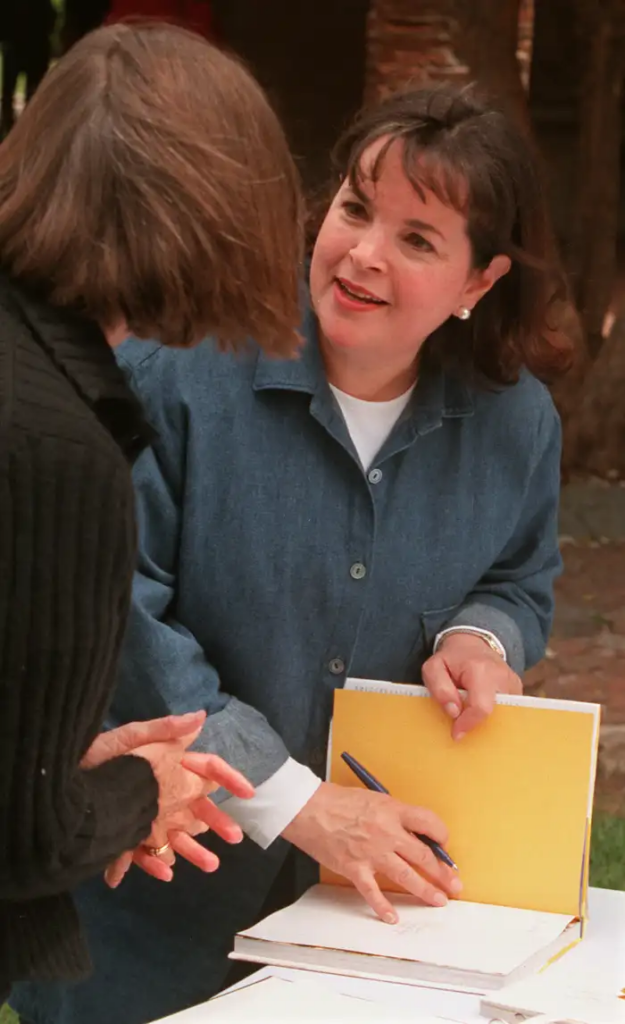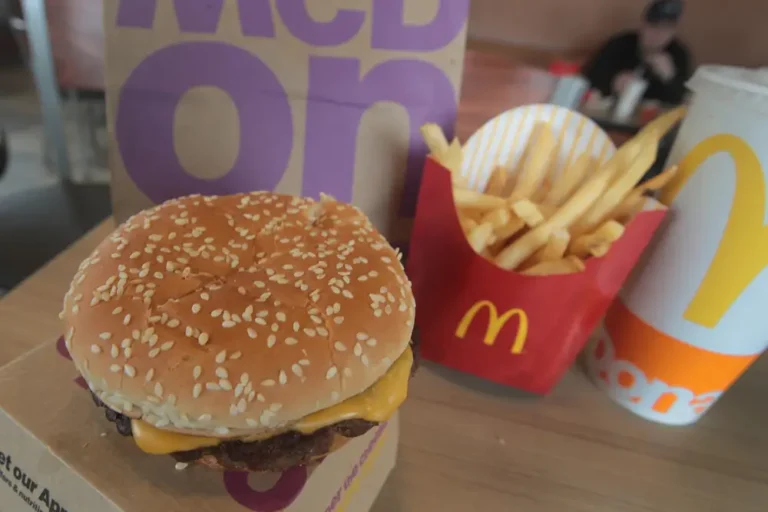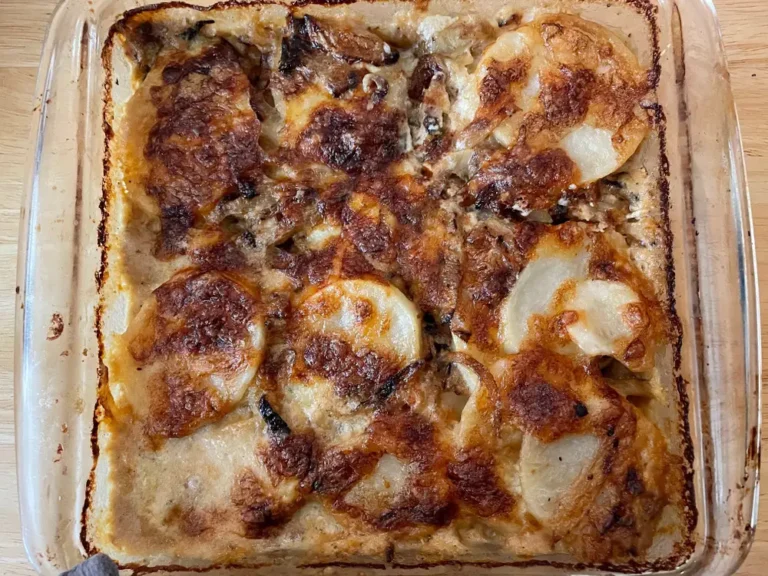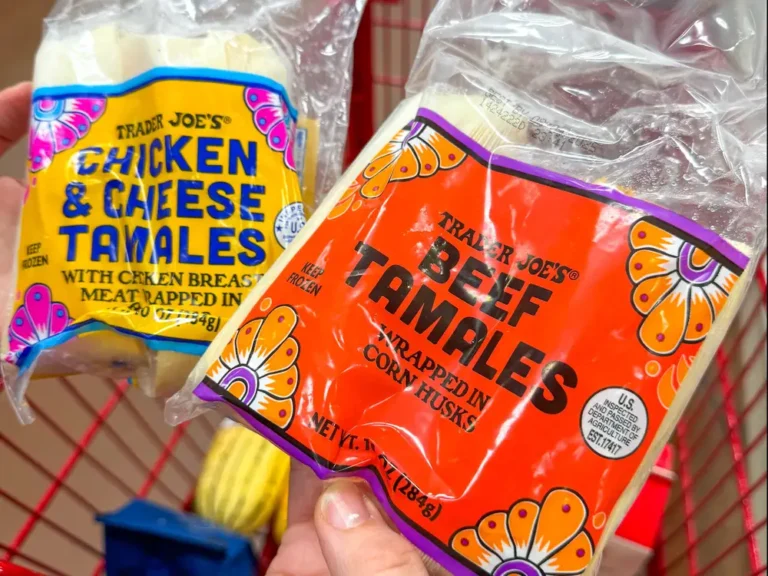Ina Garten gave up a job at the White House to become an entrepreneur — without business experience. Here’s what the risky move taught her.

Ina Garten’s new memoir, “Be Ready When the Luck Happens,” was released on October 1.
When Ina Garten gave up her job at the White House to buy a specialty food store in New York called Barefoot Contessa, she had never run a business.
But the lessons she learned in that 400-square-foot Westhampton shop helped pave the way for a career that has turned her into one of our most beloved celebrity chefs, with 13 cookbooks to her name and a 22-year run on the Food Network.
We rounded up Garten’s best business tips from her memoir, “Be Ready When the Luck Happens,” released Tuesday.
Work just as hard as you expect your employees to work
Garten had an MBA from George Washington University, but she had never been a boss before she owned Barefoot Contessa. In fact, she had less experience in the store than three of its employees — all teenagers.
“I was a little nervous,” she wrote in her memoir. “But I had learned about having employees by being an employee. I just had to ask myself how I’d like to be treated, then treat the people who worked for me exactly the same way. I wanted to show the girls that I was going to work just as hard — maybe twice as hard — as I expected them to work.”
Garten recalled a Sunday morning when one of her employees came early to start packaging salads for the weekend crowd. She found the future Food Network star asleep under a shelf.
“I was too tired to go home, so I had cleared a space, wrapped myself in a sweater, and went to ‘bed,'” Garten wrote. “It was that kind of job. You had to give it your all.”

The Barefoot Contessa storefront in East Hampton, New York.
But Garten also wanted to create a place “where we had fun, where there was energy, laughter, and good times — the kind of place that made you want to come to work in the morning.”
She recalled helping her teenage staff when they were going through a breakup or fighting with their mom. She would walk them to the dock across the street and help them calm down.
And at the end of every summer she threw a huge party to thank her employees for all their hard work.
“I worked with an extraordinary group of people,” Garten wrote. “I think it said a lot that so many of them came back every summer. Some of them ended up going into the food business after college because they fell in love with it at Barefoot.”
You can subtly communicate authority with the way you dress — or accessorize
When Garten took over the Barefoot Contessa store, she realized the customers were treating her the way they treated the rest of her staff. But she wanted to make it clear that she was the owner and wondered if her uniform — “a flouncy white cotton midi skirt paired with a white top” — was missing something.
“I wanted to look like the woman in charge, so I needed something that made me look like the owner,” she wrote.
Garten walked across the street to Joan Boyce Jewelry and bought “the biggest gold necklace I’d ever seen.” When she walked back into Barefoot Contessa, Garten said customers began asking, “Is this your store? It’s wonderful,” and treating her “totally differently.”
“I love when changing your behavior — in this case, how I dressed — changes everything without your saying a word,” Garten wrote. “It’s a lesson that I’ve used many times in my life.”
Think about every interaction with the customer

Ina Garten ran Barefoot Contessa for 18 years.
Garten always thought of ways to make her customers feel “right at home” at Barefoot Contessa.
“I never liked the places that made you feel like the person who’d crashed the party, where the staff was snooty or dismissive, or where the merchandise was so staged that it screamed ‘Don’t touch,'” she wrote. “I wanted the store to say, ‘Please touch!’ and ‘Please taste!'”
Garten said she and her staff greeted every customer they knew by name and learned and memorized the names of those they didn’t. It was forbidden to ask customers, “May I help you?” or “Is that all?” Instead, they always asked, “What else can I get you?”
Barefoot Contessa also had a unique return policy.
“Usually, when you return something to a store, you get some kind of resistance,” Garten wrote. “I thought this was an opportunity to be different.”
The customers always got their money back, “no questions asked.” Then, Garten or her staff would ask what the customer didn’t like about the product. Based on their answer, the customer would be given a different product for free to try instead.
“People were stunned!” Garten said. “A serious problem turned into a happy customer for life, and the cost to us was minimal.”
Don’t be afraid to collaborate
Garten hired chef Anna Pump to help her run Barefoot Contessa, and they worked so well together that they almost became business partners. But just before signing the contracts, Pump told Garten she wanted to buy Loaves & Fishes, a specialty food store in nearby Bridgehampton.
Pump was worried that Garten would never speak to her again, but she had the opposite reaction.
“Anna was important to me, so I didn’t have a moment’s hesitation in supporting her,” Garten wrote. “In fact, I was sure we could support each other.”
Garten proposed that the two businesswomen pool all their recipes and suppliers so both stores would succeed. They remained best friends until Pump died in 2015.

Ina Garten is pictured here with Anna Pump.
“Mom and Ina motivated each other,” Sybille van Kempen, Pump’s daughter, previously told B-17. “They shared ideas and supported each other’s growth.”
In her memoir, Garten wrote that she chose to work in food because she wanted a “life filled with good times and meaningful connections.”
“Business doesn’t have to be cutthroat and isolating,” she said. “It’s much more fun and productive to exchange ideas, to be genuinely curious about how other people do things, to be generous, and to root for a competitor’s success.”
‘Never dig in your heels on a negotiation, especially if it’s just about money’
In the summer of 1984, Garten got an offer to rent a space in East Hampton for a second Barefoot Contessa location. The tenant at the time was the famed Dean & DeLuca grocery store.
When Garten called Joel Dean to discuss the proposition, he revealed that he didn’t want to leave the space but refused to pay $15 a square foot for the store. Instead, he had offered the landlord $14.50.
“For fifty cents a square foot, he was willing to walk away from a successful business? That was crazy,” Garten wrote.
Garten said she strongly advised Dean to stay in the space, but he refused to change his mind. So she opened the second Barefoot Contessa, and he moved Dean & DeLuca to a new location up the street — for $23 a square foot. A few years later, the struggling business had to close.
“I had tried to talk him out of it because it was the right thing to do,” Garten said. “But in the end, it was a cautionary tale.”
When you’re running on autopilot, it’s time for something new

Ina Garten signs “The Barefoot Contessa” cookbooks in 1999.
Barefoot Contessa was a huge hit, but Garten knew she’d had enough after 18 years.
“What I didn’t like about running Barefoot Contessa was overshadowing what I used to love,” she wrote in her memoir. “I felt that I wasn’t doing anything new, and I certainly wasn’t bringing any creativity to my work.”
“In the nineties, it seemed insane to walk away from the success of Barefoot Contessa,” she added. “But I was pretty miserable and couldn’t see another way.”
Garten sold Barefoot Contessa to her chef and manager in 1996 and took over an office above the store. There, she dabbled in the stock market and considered real-estate investing as she tried to figure out her next move. Her husband Jeffrey suggested that Garten think of another way to explore the food business.
And so, in that same office, she finally wrote her first cookbook.






